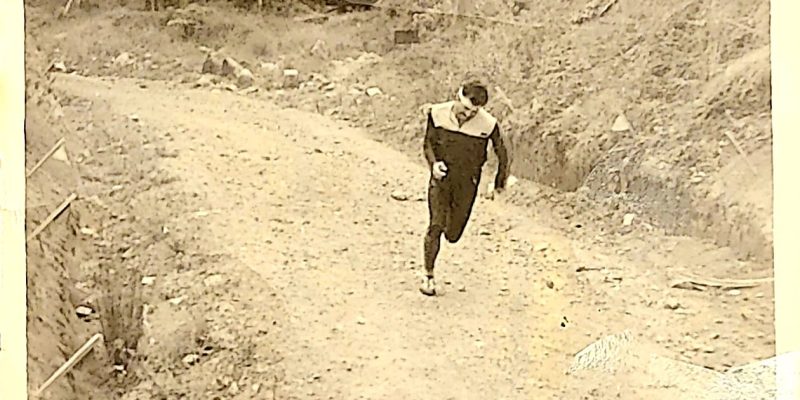From Cuba to Gargano, via Miami
Interview with Antonio “Tony” Barranco
Hi Antonio. Can you tell us something about yourself and your background as an athlete?
Like almost all Cuban children, the first thing I played was baseball. I also played volleyball, basketball and football. I played many games, running fast all over the field. In football, as in the other sports I mentioned, I played at the provincial level.
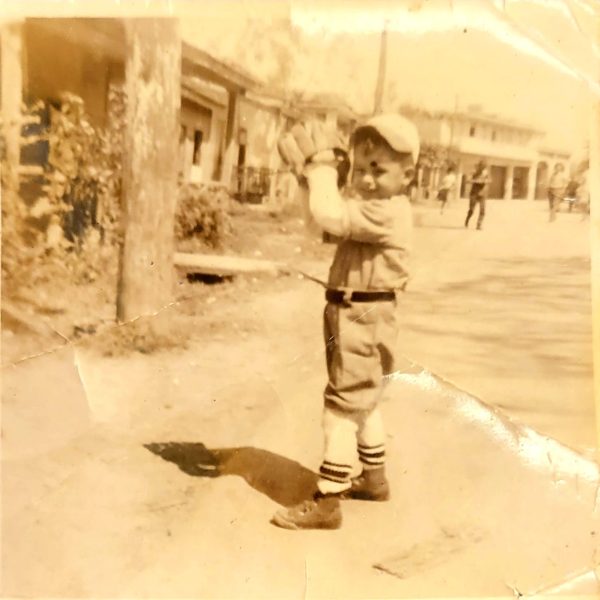
With Alberto Juantorena’s triumphs at the 1976 Montreal Olympics, there was an explosion of young people who dreamed of running like him one day. I was 15 years old and I started running the 800, 3,000 and 5,000 meters, as well as numerous races between 3 and 8 kilometers that were held in other towns and cities, eventually running the 2,000 steeplechases at the National Youth Games in the province of Cienfuegos in 1978.
In 1979, I entered university. I started training to run the 3,000 m steeplechase, 5,000 m and 10,000 m, as well as numerous races between 5 and 15 km, running the Havana and Varadero half marathons several times.
I emigrated to the United States in October 2003. Whenever I had the chance, I ran and went to the gym to stay healthy. In 2012, I went to see the athletics at the London Olympics. On the first evening I saw the exciting final of the 10,000 meters, at which point I decided I would go back to training and competing. Since then I have competed in over 60 races, including the San Silvestre race in Brazil, 4 times the Miami Beach Half Marathon, Miami Half Marathon, 2 triathlons, numerous 5k, 8k, 10k, 4 miles, etc. In 2015 I went to see the World Athletics Championships in Beijing and participated in a running event on the Great Wall of China.
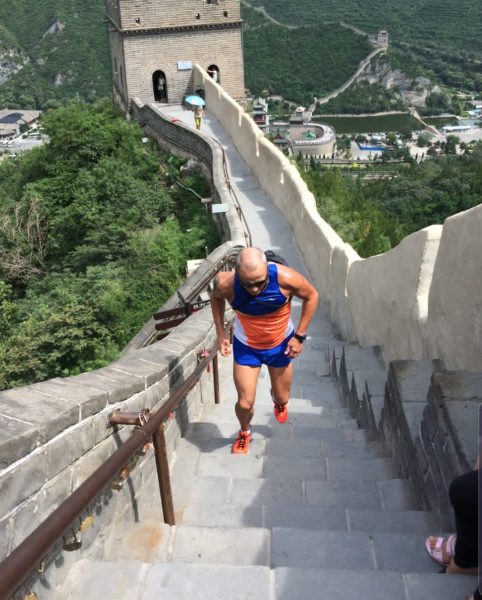
Despite the pandemic I am still training to take part in the opening races of the 2022 season.
Let’s move on to orienteering, of which Cuba has been an IOF member since July 1984. You moved to Miami about 17 years ago if I understand correctly. Did you already know orienteering when you were in Cuba?
The story is quickly told. In 1981 I came in 4th place running the 3,000 steeplechases in the First National University Athletics Championship of Cuba. That same year I qualified for the National University Games. I took part in the 3,000 meters steeplechase and the 10,000 meters flat. In the race schedule these two events were put on the same evening, with 80 minutes between the start of the first race and the start of the second. I was fourth place in both races and failed to qualify for the national games.
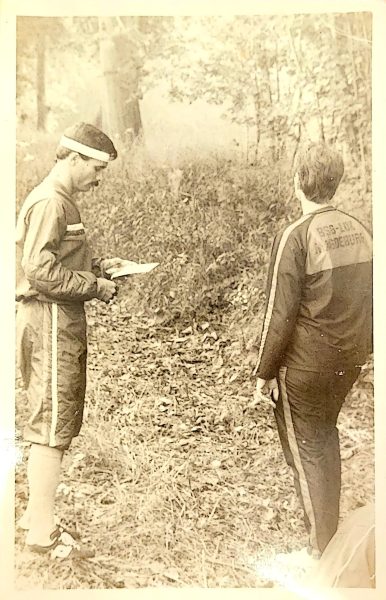
That evening in the stadium there was Professor Jorge Blanco, coach of the Orienteering team. I was very sad, with my head down. He saw me, approached me, put his hand on my shoulder and said: ‘this is not the right time… but when I come back from the National Games I want to talk to you. I have qualified three orienteering athletes for these games. They are studying mathematics and they run much less than you who are studying geography and you run more than them.
A couple of months later he came to see me. He explained to me what orienteering races were like and I arranged to go to train at the weekend at Lenin Park, on the outskirts of Havana.
We arrived on Saturday, he gave me a map and a compass and a great passion for the sport was born. At the end of training that day he said to me: ‘next Saturday there is the municipal race: what do you say?’. I came third! The following Saturday there was the provincial competition in Ciudad de la Habana and I came third again… and believe it or not, the following week we went to Holguin for the National Championship. In those 3 weeks my life changed for the better!
Between 1981 and 1991 I participated in many orienteering competitions. I joined the Cuban national team in 1983 (only 2 years after I started orienteering). In 1984 I went to Czechoslovakia to compete in North Bohemia. In the same year I participated in the only international orienteering competition ever held in Cuba. In 1987 I returned to Europe to participate in the individual and team orienteering competition (where I ran the last leg for the relay in Cuba) held in Rostock, Germany. We also participated in the difficult orienteering week in Varna, Bulgaria.
In Cuba I was National Champion (1985) in the relay and twice I came third in the national relay championships. I came seventh in the individual race, and was several times provincial champion, university champion and winner of the Alma Mater Cup. A total of 8 gold, 4 silver and 6 bronze medals.
Can you tell us some more details about orienteering in Cuba?
Orienteering in Cuba has had several stages. After its introduction in the early 1970s, the first national championship was held in 1972. At the end of that decade Cuban athletes started travelling to Europe to compete and gain experience on other types of maps. In 1984, the first and only international competition organized in Cuba took place near the Viñales Valley in the province of Pinar del Rio.
In January 1986 a group from the IOF went to Cuba, led by Peo Bengtsson to promote orienteering running, together with Kari Sallinen, world champion in 1985 and a group of Scandinavian elite level athletes. On two occasions some of us who formed the Cuban national team competed with them. It was a great experience! I met Åsa Melkersson, a friend of my idol and great friend Jörgen Mårtensson, also from Sweden.
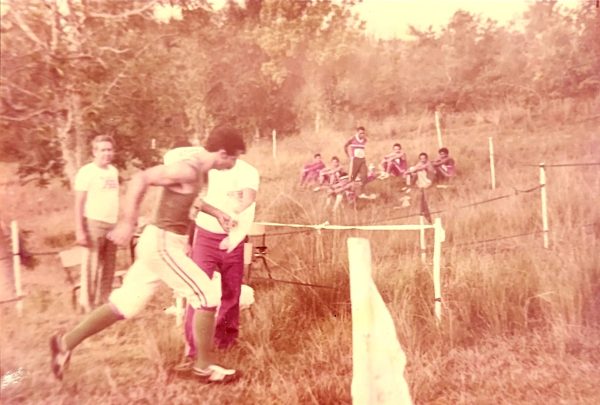
The 1980s was the decade in which orienteering had the greatest development in Cuba. Numerous national, provincial and university championships and many other orienteering events were organized. Maps with the symbols of the orienteering sport began to be mapped and used for competitions. Several national teams travelled to Europe. Orienteering was taught in schools to physical education teachers and orienteering competitions began to be held in cities (sprints). This was undoubtedly the best period.
In 1994 there was a revival of orienteering competitions, with good results, and today some competitions are still held, and efforts are made to keep this beautiful sport alive.
We discovered that we have a friend in common: Jörgen Mårtensson, one of the greatest orienteers of all time. How did your friendship with Jörgen come about?
I first came to Europe to compete in orienteering in the summer of 1984 in the former Czechoslovakia: a 5-day race in North Bohemia. After finishing the first day of the race, we in the Cuban national team were talking and a competitor approached us and greeted us, asking in a very respectful way how our race had gone and telling us the details of his race. After a while, a teammate and I were left alone talking to him and asking him a lot of things related to orientation. He spoke very respectfully about the details of the competition. We kept asking questions, and he kept answering and encouraging us. After a long time, we said goodbye and he wished us luck.
A few hours later we found ourselves in the area where the official results of the competition were displayed. That athlete was there too. He greeted everyone and then focused on me and my companion. We kept asking him questions and he kept answering us with really valuable advice about the way he was training and preparing for the competitions. We asked ourselves: who is this athlete?
On the second day of the competition the race was valid for the World Cup. We met him again. This time he had a bandage on one of his ankles. I asked him what had happened to him and how he had ranked. He told me that he had had an injury and had finished ninth. I already had some basic knowledge of physiotherapy, so I told my companion that it was very difficult to run with that kind of injury and even more difficult to finish 9th. We asked him to tell us where he was staying so we could visit him later and find out how he was doing.
When we finished, a translator who was helping us asked if we knew who we were talking to and we told her: no idea who he was!
She told us: his name is Jörgen Mårtensson and he is a high-level elite athlete. I was very surprised because he kept talking to us as if we were at the same level as him. His modesty, competence, sincerity and kindness made us feel at his level. This encouraged us and we asked permission to visit him and ask him how his injury was going.
Later we arrived at where he was staying, he introduced us to his teammates, he gave me a Swedish team racing uniform which I have kept for many years and with which I have never raced in the forest because it would not get ruined.
We returned to Cuba before the end of the competition and we kept in touch by letter for another 6 or 7 years. He sent me magazines with information about orienteering. At that time there was no Internet but I followed his results and with my companions we celebrated his triumphs in the world championships of 1991 and 1993 and in other competitions.
In 1987 I returned to compete in Europe but, unfortunately, we could not meet. He became my sporting idol and an example as an athlete and person without ever being able to tell me. I know he was in Cuba twice, but I was already living in Miami.
In November 2021 a friend and teammate of the Cuban national orienteering team sent me a picture of him with two former world class athletes. I found out that they were Jaroslav Kacmarcik and Jörgen Mårtensson. I couldn’t believe it! Through my son’s Facebook account, we contacted each other and that great friendship that the 30-plus years had passed could not be erased. I am very happy to know that, God willing, we will meet in Vieste at WMOC.
It was Jörgen Mårtensson who told me about this world championship, and I didn’t hesitate to tell him: see you their brother, take care! I can’t wait to go to Vieste, because it will be like travelling back in time to the 80s and at the same time to the future that awaits us to race orienteering again, but this time in the same age group and with much more experience, proud to fraternize with a great champion and with the other great champions who will be there. My family will be there to support me, what more can I ask for?
I thank God for giving me so much joy and happiness!
How much do you know about Italy, and what do you expect from the next WMOC 2022 in Puglia?
In the summer of 1993 I went to Italy, because in Cuba I was working at Villa Tropico (a hotel that only received Italian tourists) run by the agency “I Viaggi del Ventaglio”, which wanted us to experiment with a hotel they were running in Sardinia. I had the opportunity to visit Milan and the areas around Lake Como.
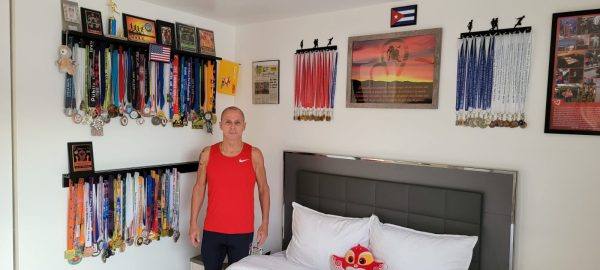
I returned to Italy in 2016 as a tourist, first to Venice and then to Rome. I really like Italy: its geography, its history, its culture, its food but above all its people. I have many friends here who have worked with me at Villa Tropico and I am very grateful to one in particular: Guido Berthony, who was general manager in 1994 at a time when the administrator of the Cuban side wanted to unjustly take my job away. Guido opposed it and I kept my job. My family and I will never forget that gesture on his part, because it was also thanks to him that we managed to survive that difficult time.
The WMOC will be a great event, I am very happy to be back in Italy, to compete in orienteering, to see and embrace great friends, it is an opportunity I have been waiting for many years. To compete at this level with athletes who have been world champions, world cup winners, national champions, etc. is a source of great pride and a challenge for me. And then to have Jörgen Mårtensson as my rival, a friend, a multiple world champion, one of the greatest, an idol for me. Even though we haven’t communicated for more than 30 years we are still friends. I appreciate and respect him like a brother, so what more can I ask?
I have seen that the terrain of the sprint races will be very complicated. there are buildings and hills leading down to the sea. The terrain reminds me of what I saw in Sardinia, although I didn’t have the chance to do orienteering races there. The “Foresta Umbra” is majestic and exciting, with its difficult combination of mountains and vegetation. It will be a very technical and tough race. I have always been a strong athlete with great recovery skills: I will try to rely on these two qualities to compensate for the technical difficulties and the complexity of the courses.
